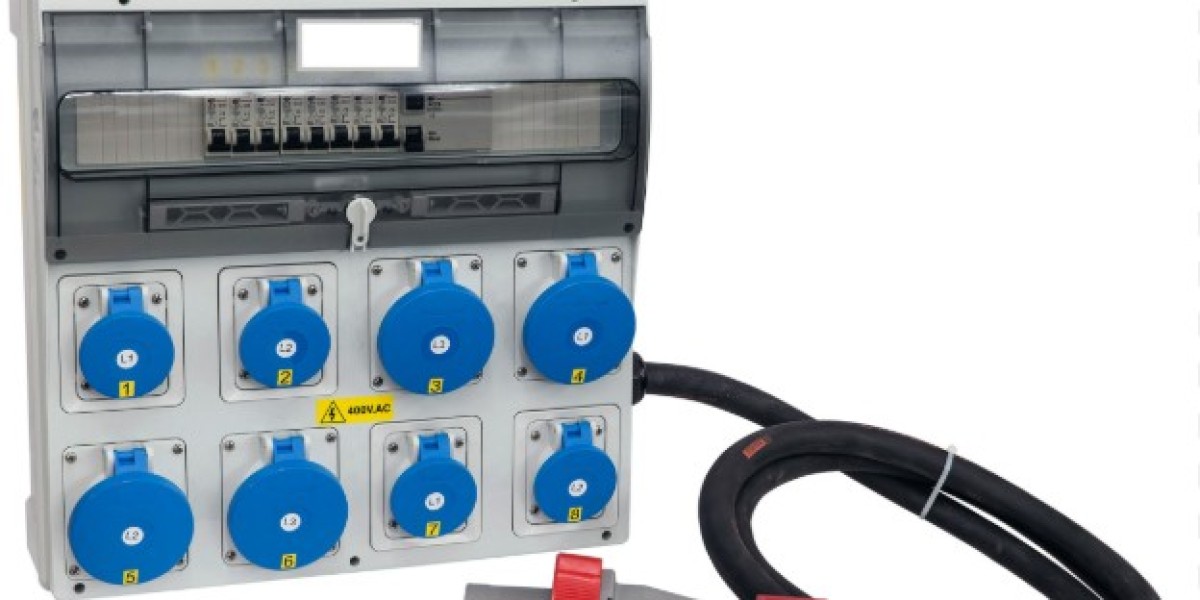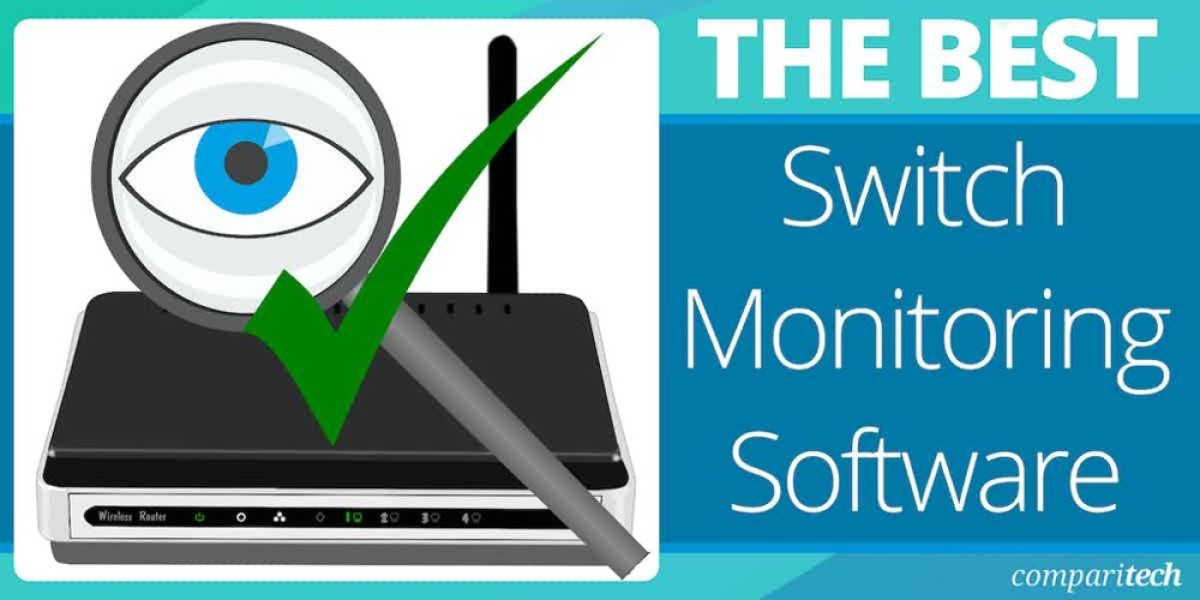The world is grappling with two parallel crises: escalating climate disasters and the urgent need to decarbonize industries. Amid these challenges, energy infrastructure must adapt to extremes—whether powering disaster relief camps or supporting mobile renewable projects. At the heart of this shift lies the Portable Distribution Box , a compact yet robust solution engineered to deliver electricity safely and efficiently, even in the most unpredictable settings.
Resilience in the Face of Climate Chaos
Recent floods in South Asia and wildfires in North America have exposed the fragility of fixed power grids. Emergency responders increasingly rely on portable distribution boxes to set up temporary energy hubs, providing critical electricity for medical equipment, communication tools, and lighting. These units, built with weatherproof materials like reinforced ABS plastic and IP65-rated enclosures, withstand water, dust, and temperature swings, ensuring functionality during disasters. For instance, modular designs allow quick deployment in flood zones, while tamper-resistant features prevent unauthorized access in chaotic environments—a key advantage highlighted in post-disaster recovery efforts.
Empowering Renewable Energy Expansion
Solar and wind projects, often located in remote areas, require flexible power distribution to connect decentralized energy sources. Portable boxes enable engineers to manage variable loads, integrate battery storage, and route electricity to off-grid communities. In regions like sub-Saharan Africa, where solar mini-grids are expanding, these units simplify connections between panels, inverters, and end-users, accelerating clean energy adoption without permanent infrastructure. Their lightweight design also reduces transportation costs, a critical factor for projects operating on tight budgets.
Revolutionizing Urban and Industrial Mobility
Smart cities and agile industries demand infrastructure that moves with their needs. Construction sites, film productions, and outdoor events leverage portable distribution boxes to power tools, lighting, and IoT devices without relying on fixed wiring. For example, modular setups in urban pop-up markets allow vendors to safely connect equipment while maintaining aesthetic standards. Similarly, factories adopting “just-in-time” production models use these boxes to reconfigure power flows for temporary assembly lines, minimizing downtime during shifts.
Safety and Sustainability in Design
Modern portable boxes prioritize both user safety and environmental impact. Features like GFCI-protected outlets prevent shocks in wet conditions, while fire-retardant materials mitigate risks in high-heat scenarios—innovations inspired by industrial safety standards. Sustainability is equally critical: many units now incorporate recycled plastics and modular components to reduce waste. This aligns with corporate ESG goals, enabling industries to meet regulatory demands while cutting carbon footprints.
The Future of Decentralized Energy
As hybrid work models and decentralized energy systems gain traction, the demand for adaptable power solutions will surge. Portable distribution boxes are evolving into smart hubs, integrating IoT sensors for real-time load monitoring and predictive maintenance. Imagine a unit that alerts technicians to overheating risks or autonomously reroutes power during outages—this is the next frontier for mobile energy management.
For organizations seeking to future-proof their operations, innovators like Nante are leading the charge. Their expertise in crafting durable, user-friendly solutions ensures that power remains accessible, safe, and sustainable—no matter where the job takes you. Explore Nante’s product line to discover tools designed for tomorrow’s challenges.



